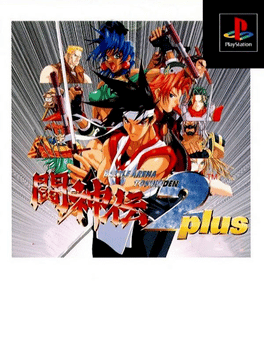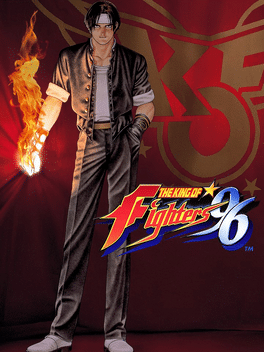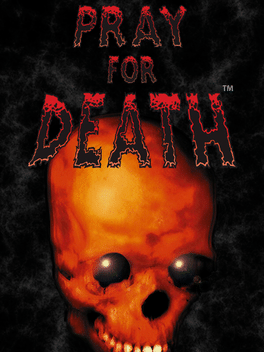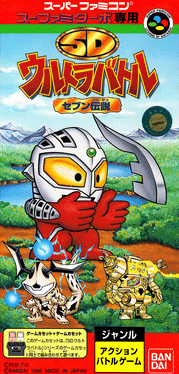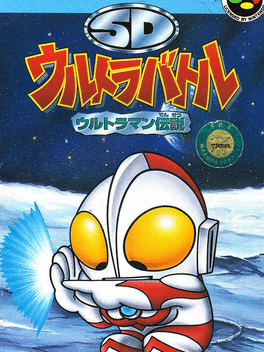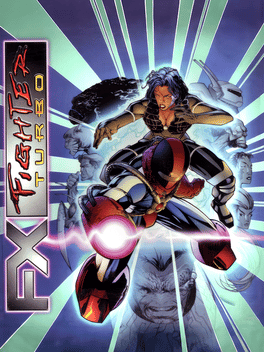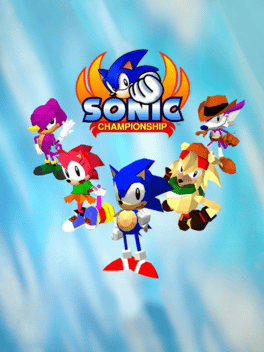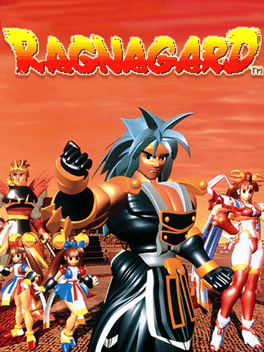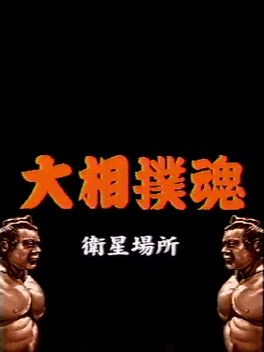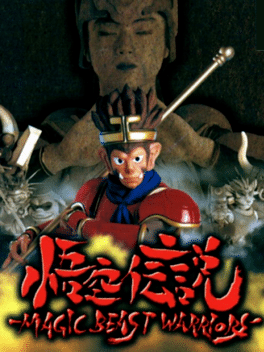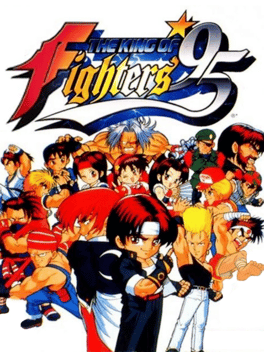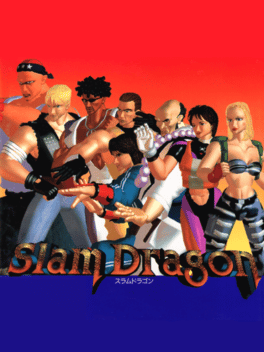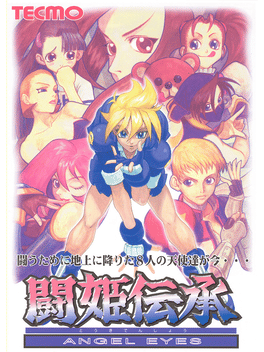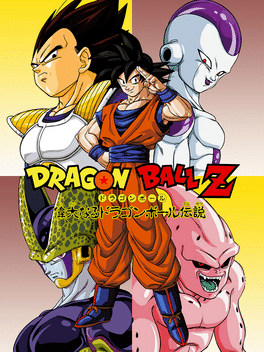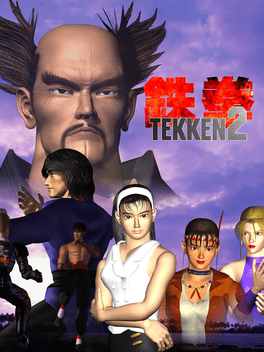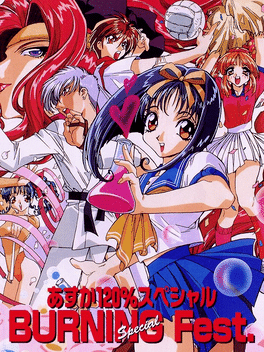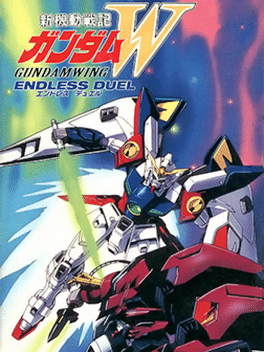New Nintendo 64 Games - Page 84
-
Battle Arena Toshinden 2 Plus
1996
Battle Arena Toshinden 2 Plus is a version of Toshinden 2 released only in Japan for the PlayStation on The Best range (equivalent to the Greatest Hits and Platinum ranges in North America and Europe). It features enhanced graphics, improved control and tweaked CPU AI. It also makes some balancing tweaks to the characters' attacks. An option to save results, option settings and unlocked characters to a memory card was also added. -
The King of Fighters '96
1996
star 7.1The King of Fighters '96 is a 1996 fighting game. It is the third game in The King of Fighters series, following The King of Fighters '95. SNK's flagship series returns for another year. Many of the changes in this year's KOF release come in the form of improved graphics, sound effects, music and totally redone character sprites. The gameplay of the system has been altered with the addition of "Rush" multi-hit combos and new moves for practically every character. The storyline of the series receives heavy focus in this release with the Orochi Saga swinging into high-gear. The King of Fighters '96 has 27 regular characters plus 2 boss characters (who can be unlocked with the use of a code). Newcomers to the tournament include Mr. Big from the Art of Fighting series, the bosses from Fatal Fury (Wolfgang Krauser and Geese Howard), and completely original characters like Leona Heidern, Mature and Vice. Other features carried over from the previous year include the ability to choose between the default "Team Fighting" -
Pray for Death
1996
Pray for Death
1996
Through time and space he finest warriors in creation have gathered together for the ultimate showdown. At the behest of Death himself, angel will fight demon, wizard will fight warlord, robot will fight human. The creature that triumphs in this awesome battle will be rewarded with that most precious of commodities - life itself. -
Star Gladiator Episode I: Final Crusade
1996
star 7.4Star Gladiator Episode I: Final Crusade is a 1996 weapon-based 3D fighting game released by Capcom for the PlayStation-based ZN-1 arcade hardware. It was Capcom 's first polygonal fighting game, preceding the original Street Fighter EX (which Capcom had co-produced with Arika) by a few months A PlayStation port was released in October 1996. It was followed by a single sequel, Plasma Sword, in 1998. -
SD Ultra Battle: Seven Densetsu
1996
SD Ultra Battle: Seven Densetsu is an Action game, developed by Tom Create and published by Bandai, which was released in Japan in 1996. -
SD Ultra Battle: Ultraman Densetsu
1996
SD Ultra Battle: Ultraman Densetsu is an Action game, developed by Tom Create and published by Bandai, which was released in Japan in 1996. -
FX Fighter Turbo
1996
FX Fighter Turbo
1996
FX Fighter Turbo is an update/sequel released for the PC in 1996 with new characters, moves, environments, costumes, special effects, network play, and support for Microsoft Windows and the S3 Graphics chipset. As are many other fighting games at the time, this game is influenced by Mortal Kombat in the form of fatalities, a feature not in the previous game. All the previous characters return, plus the new Linna and Kwondo. -
Sonic Championship
1996
Sonic Championship
1996
The original arcade release of Sonic the Fighters, released as Sonic Championship outside of Japan and in Sonic Gems Collection. -
Ragnagard
1996
Ragnagard
1996
Ragnagard is 2D arcade fighting game developed by Saurus and System Vision, and published by SNK and Saurus for the Neo Geo arcade, Neo Geo CD and Sega Saturn. The game's characters are all based on Shinto deities -
Takara-hai Oozumou Eisei Basho
1996
Takara-hai Oozumou Eisei Basho is a port of Oozumou Tamashii for the Satellaview which had SoundLink support. It is a sumo fighting game, which was accompanied by a live broadcast. The gameplay is divided into two parts; the player does the training in the first half, while real matches begin in the second half. Scores are counted according to the kinds of used techniques. A voice guide is provided by Kiyoko Taniguchi. -
Last Bronx
1996
Last Bronx
1996
Nine gang leaders battle it out for control over Tokyo city in this AM3 developed arcade fighting game. It was the first motion captured fighting game released back in May 1996 to Arcades in Japan. Home versions of Last Bronx were later produced for the contemporary Sega Saturn and Windows systems. -
Gokuu Densetsu: Magic Beast Warriors
1996
A rare find but an absolute treat for the 2D fight fan: manna from heaven for the Monkey fight fan. Featuring some excellent, cheesy FMV complete with suspicious special effects and costumes introducing the nine characters and also awarded for victory in the versus mode. In story mode you start off playing as Son Goku (Monkey) with additional defeated characters available for selection on your quest to rescue the priestess and prod around the evil multi limbed demon kidnapper. Gameplay is made more enjoyable down to the simple specials which are more suited to the Playstation controller. And aurally its very enjoyable with some appropriate rock riffs and over the top special effects. Japanese title: 'Goku Densetsu.' -
Battle Arena Toshinden
1996
A Tiger Electronics port of Battle Arena Toshinden. In the same year Tiger released two handheld versions, for R-Zone and VRT-X. -
The King of Fighters '95
1996
The King of Fighters '95 is the second game in The King of Fighters series. The Game Boy version features Nakoruru from the Samurai Shodown series as an exclusive character. -
Slam Dragon
1996
Slam Dragon
1996
Wage a fierce battle in fighting action with CD rendered music and realistic characters. 8 fighters have taken to the fight and seek to confront X. -
Touki Denshou Angel Eyes
1996
Angel Eyes is a 2D versus fighting game featuring an all-female cast, which plays much like contemporaries such as King of Fighters. A curious aspect of the game is that four of the eight regular characters are hand-animated sprites, while the other four are pre-rendered graphics as in Donkey Kong Country or Rise of the Robots. In addition to the standard Arcade and Versus modes, the PlayStation release adds a dedicated Story mode for each character, plus a training mode. There also numerous secret characters to unlock, including 2D-sprite versions of some of the 3D characters, and the story mode bosses. -
Dragon Ball Z: The Legend
1996
star 6.8Dragon Ball Z: Legends is a fighting game which utilizes a unique system of play that is different from most other fighters. The graphics feature 2-D sprites in a three dimensional world. Although each battle begins on the ground, the majority of the action is featured skyward. The story mode of the game is divided into episodes, and it encompasses all of Dragon Ball Z, featuring the most important battles of the series. -
Tekken 2
1996
Tekken 2
1996
star 7.8The console version of Tekken 2 adds more content to the original arcade game such as new characters and additional game modes. -
Asuka 120% Special Burning Fest.
1996
Special Burning Fest. marks the first time the Asuka 120% series appeared on the PlayStation. -
Shin Kidou Senki Gundam Wing: Endless Duel
1996
star 7.9It is the year After Colony 195, and war between the Space Colonies and Earth has begun. To give the colonies an edge, they send 5 young soldiers, trained to perfection, to earth in the most powerful of Mobile Suits-Gundams. With their arrival, the tide of the war changes as they battle against the Earth forces and the Colonies of their origin.
